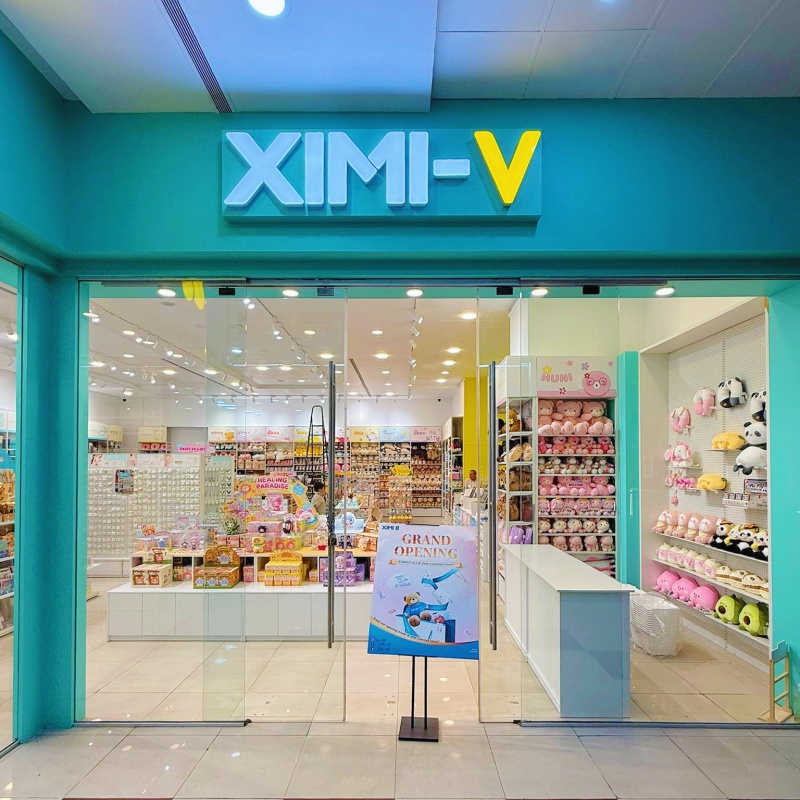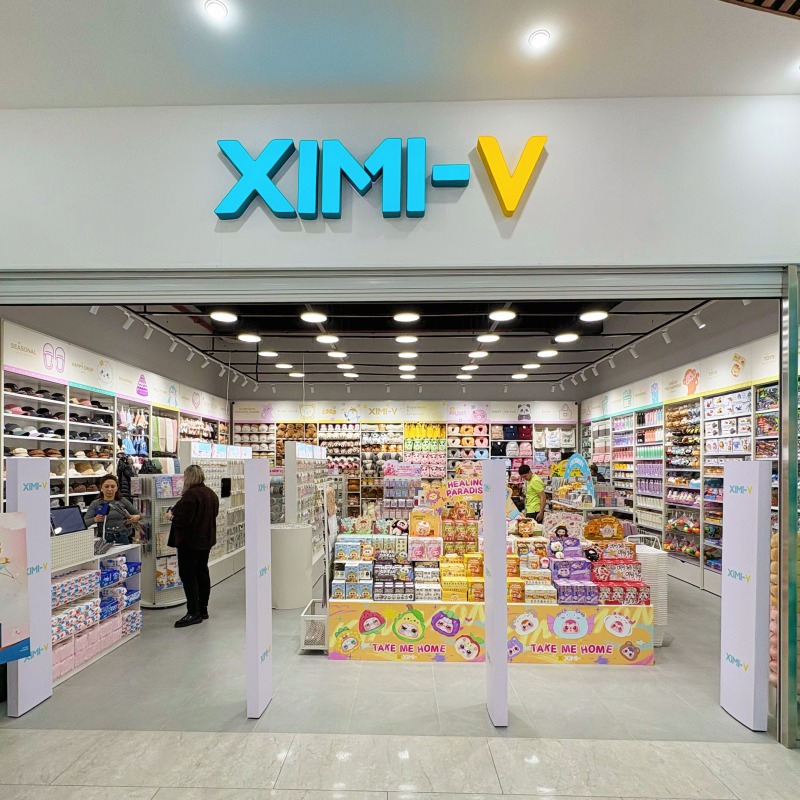XIMIVOGUE Tips On FMCG Warehouse Optimization
Author: Celia| Keywords chosen by Celia
The fast-moving consumer goods (FMCG) sector plays a vital role in the global economy, leading to its rapid growth.
These products have different shelf lives, packaging sizes, storage requirements, regulatory requirements, and demand patterns.
Strategically locating and managing warehouses can help FMCG companies streamline operations, reduce costs, and improve customer satisfaction.
What is warehouse optimization?
Warehouse optimization is the strategic process of improving operations within a warehouse to make them more efficient and effective.
For FMCG brands, this optimization aims to streamline receiving, picking, packing, shipping, and returns processes. In this way, FMCG brands help ensure orders are fulfilled as quickly and cost-effectively as possible.

1. Use FEFO as a standard
For many FMCGs, a FEFO policy is essential.
First Expire, First Out (FEFO) is an inventory management approach that involves selling things with the earliest expiration dates first.
It helps ensure high-quality products are shipped and minimizes expired or obsolete stock in warehouses. This approach is crucial for FMCG warehouses with fast-moving products and high turnover rates.

2. Warehouse space and layout optimization
Warehouse layout is key to optimizing your warehouse space for more storage and faster picking.
Consider whether pallet, cantilever, or drive-in racking works best for your operations. Additionally, locating high-volume items closer to shipping areas can reduce picking times, and designating dedicated zones for returns can optimize reverse logistics.

3. Adopt WMS
A Warehouse Management System (WMS) centralizes data and automates many tasks that would otherwise be labor-intensive and error-prone (receiving, shipping, storage, picking, assembly, packing, etc.).
It also provides detailed real-time inventory insights, enables streamlined, intelligent omnichannel order fulfillment, tracks product location, and monitors employee productivity.

4. Make use of robotics
FMCG brands are increasingly using robots, drones, and automated storage and retrieval systems (AS/RS) to move inventory.
Robotics are transforming warehouse optimization. As demand for FMCGs increases, innovations such as robotic order-picking systems are reducing labor-intensive tasks and increasing accuracy and productivity.

5. Regular staff training
The human element in warehousing remains irreplaceable. A well-trained team is better able to adapt to change, adopt new technologies faster, and work synergistically with automated systems.
Regular training should cover not only job procedures but also social skills such as teamwork and problem-solving.

6. Good understanding of product velocity
Product turnover velocity refers to how quickly a particular item sells. Every warehouse has certain products that sell faster, such as during seasonal or special promotional periods.
Being aware of items such as A items sell quickly so they can be strategically positioned, minimizing staff travel time. Conversely, understanding the nuances of B and C items will ensure that inventory is allocated appropriately.

7. Take cross-docking into consideration
Cross-docking is often performed - that is, the transfer of goods from one truck to another without using intermediate storage.
FMCG brands save valuable time and money by delivering products on time and saving on additional storage costs. Follow this approach as much as possible to ensure smooth operations.


 XIMIVOGUE Opened a New Store in Syria
XIMIVOGUE Opened a New Store in Syria
 XIMI-V New Store in Kokshetau Kazakhstan
XIMI-V New Store in Kokshetau Kazakhstan
 XIMIVOGUE Dopamine Hair Clips To Add Some Colors This Winter
XIMIVOGUE Dopamine Hair Clips To Add Some Colors This Winter
 Enjoy Timeless Fun with XIMIVOGUE Pull Back Alloy Car Toy Collection
Enjoy Timeless Fun with XIMIVOGUE Pull Back Alloy Car Toy Collection
 Glow Up Your Massage Hair Brush with XIMIVOGUE Cute Decorations
Glow Up Your Massage Hair Brush with XIMIVOGUE Cute Decorations




